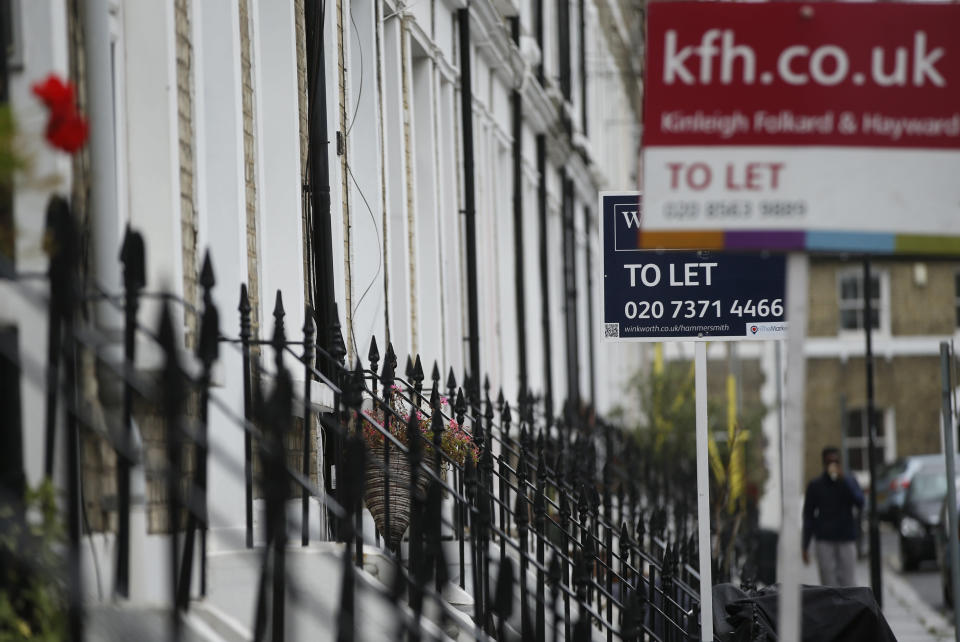Is buy-to-let property still worth investing in?

The buy-to-let sector has taken a few hits in recent years. It’s an easy target politically because nobody likes the idea of landlords and many people have their own renting horror stories.
Policymakers wanted to deter buy-to-let investors from the market to reduce competition for properties so struggling first-time buyers aren’t crowded out by wealthy landlords.
The Treasury has hiked stamp duty on second homes and scaled back tax reliefs for landlords on their costs such as mortgage interest payments and property maintenance.
There’s also an incoming ban on letting agent fees.
But the truth is that this country needs good rental accommodation because there’s a lot of demand for it and not enough supply. And it needs good landlords to provide it.
Despite the Treasury’s best efforts, there is still money to be made from buy-to-let investing, but you’ll have to be savvier with your cash than in years gone by.
There is a fundamental housing shortage in many areas of the country.
Set against ever-growing demand, this lack of supply underpins rents, meaning strong yields are still out there if you know where to look.
Rents are rising across the whole of England and Wales.
According to the Office for National Statistics, in February 2019 private rents rose by 1.1% on average over the year.
Broken down by region, the East Midlands saw the strongest growth at 2.4%. London, where rents are highest, experienced the slowest rate of growth at 0.2%.
Recent research by the estate agent Benham and Reeves found that some areas of London are still offering decent above-inflation rental yields despite a recent slowdown in the rate of rent growth.
Benham and Reeves identified the E6 and IG11 postcodes in the east as the capital's best prospects with both yielding on average 5%.
RM8, RM9 and RM10, also in the far-east of the city, all returned an average of 4.9%.
However, it's outside London that the highest yielding postcodes are found. Benham and Reeves report that the L7 and L6 areas of Liverpool yield on average 10.7% and 10.4% respectively.
TS1 in Middlesbrough is next best at 10.2%, tied with Manchester's M14, also 10.2%.
Bradford's BD1, Sunderland's SR1, and L5 in Leeds all offer an average yield above 9%.
Marc von Grundherr, director of Benham and Reeves, said in a statement that buy-to-let "remains a lucrative business and for those with the time to commit to it, there are plenty of buy-to-let honey pots out there that will bring a great return on your investment."
There are pockets in towns and cities all over the country where demand for rental property is strong and the supply is weak, creating attractive rental yields.
In up and coming areas, where regeneration is lined up or already taking place, there is money to be made from capital yields, too—even more so if you are able to take on a project and add substantial value to a property.
The key is to do your research. Understand the local housing market, make your calculations taking into account the recent tax and legal changes to the private rental sector, and you might find that buy-to-let is still an attractive investment.

 Yahoo Finance
Yahoo Finance 